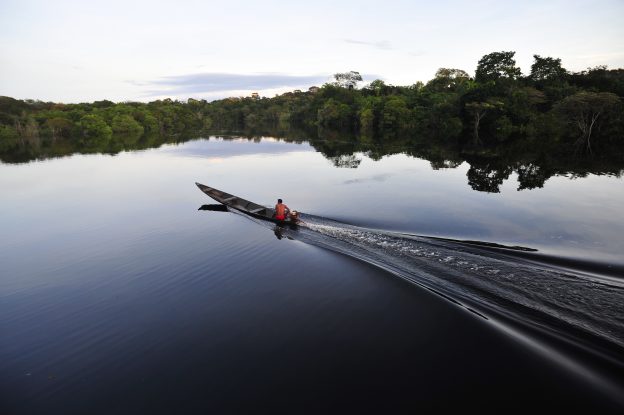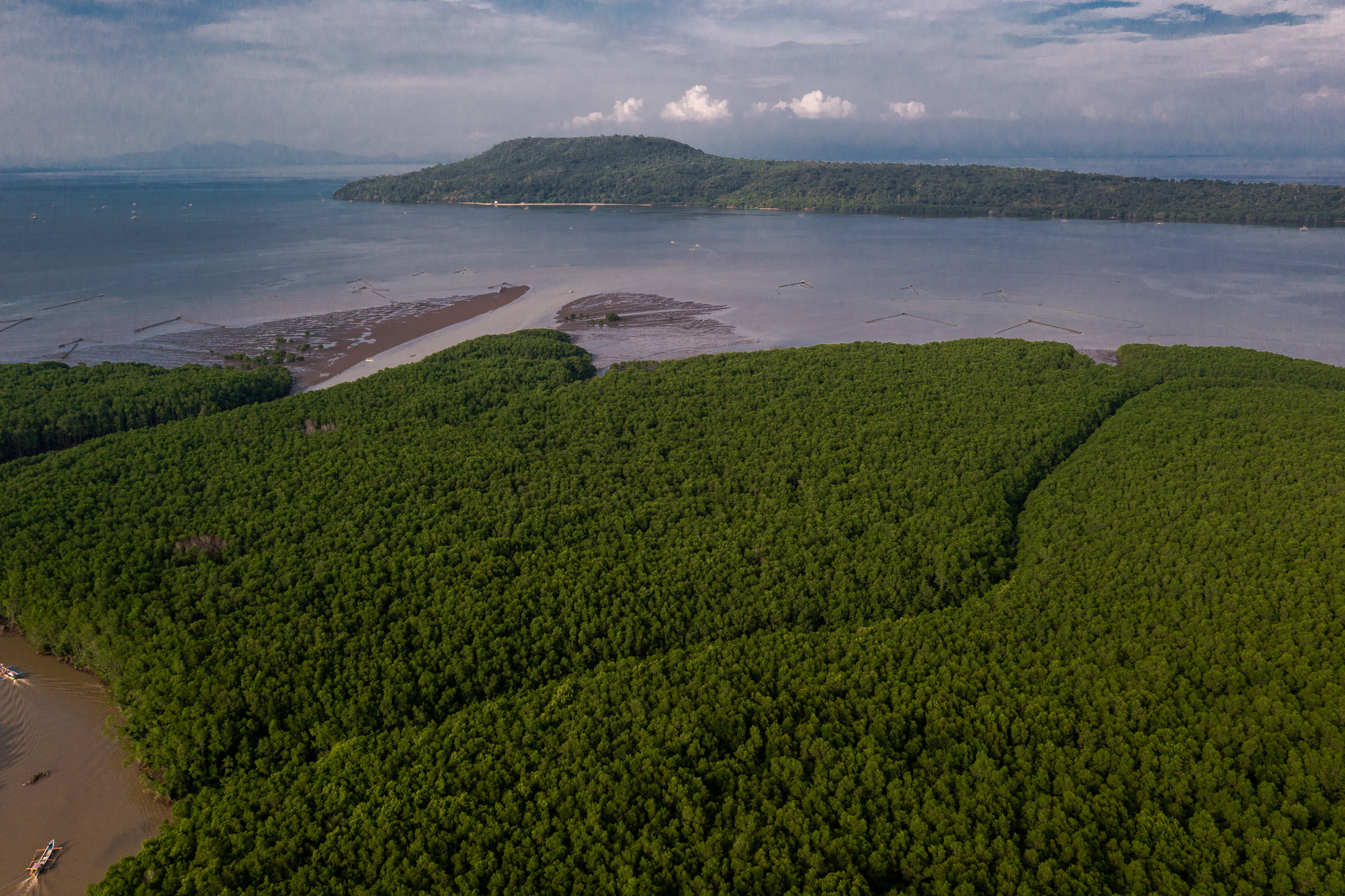New Orleans’ recent flood and major forest fires have a lot in common. No matter how many times experts say governments must act decisively before these things occur, no one listens until they are drowning in fetid water or choking on acrid smoke.
The catastrophic 1997/98 fires in Indonesia burned an area larger than the United Kingdom, caused thousands of deaths and billions of dollars of damage, and pumped huge amounts of carbon into the atmosphere. A flurry of emergency measures and projects followed. But once the fires went out, donors and policymakers soon lost interest. Meanwhile, no one solved the underlying problems, and most analysts believe the next time Indonesia suffers a serious drought linked to El Niño, the fires could be worse than ever.
To prevent these fires, you first need to understand what causes them. ‘Fire, People, and Pixels: Linking Social Science and Remote Sensing to Understanding Underlying Causes and Impacts of Fires in Indonesia’, by Rona Dennis and her colleagues, provides an excellent overview. This Human Ecology article is based on in-depth analysis of the causes of fires in eight sites in southern Sumatra and East and West Kalimantan. The study combines satellite images, hot spots data, and interviews with companies, villagers, and government officials to understand the use of fire in each location.
They authors found the fires´ causes varied greatly between sites. Large plantation companies and small farmers both used fire to clear land and as a weapon against each other in land tenure disputes. Companies cleared land for oil palm and timber plantations. Small farmers cleared it mostly for annual crops, coffee, or rubber. Villagers burnt undergrowth to make it easier to get into areas to fish and hunt. Many fires accidentally got out of control and burnt areas they weren’t intended to.
Many factors encourage fires. Multiple government agencies allocate the same land to different groups and fail to recognize villagers´ rights. People have little incentive to make sure the fires they set do not escape and burn places they did not mean to. Burning may be the cheapest way to clear land, and companies willing to explore other options don’t get much support. Logging creates flammable debris and makes forests drier and more susceptible to fires. Draining peat swamps for plantations makes them more flammable. The government has little capacity to regulate fires or teach people to manage them.
These problems require major changes in land tenure and coming up with agricultural and forestry policies and approaches adapted to each region. That’s why it is much easier for policymakers and donors to sit back and do nothing. That way everything will be fine – until its not.








